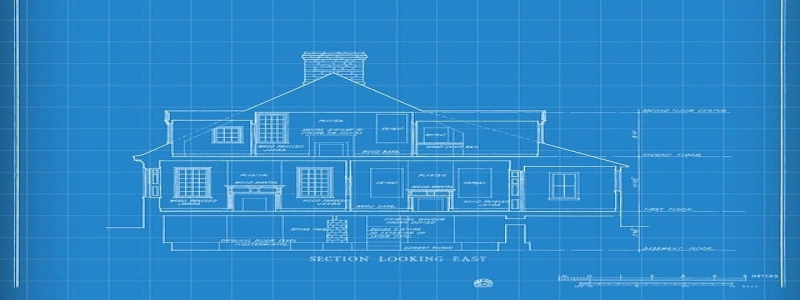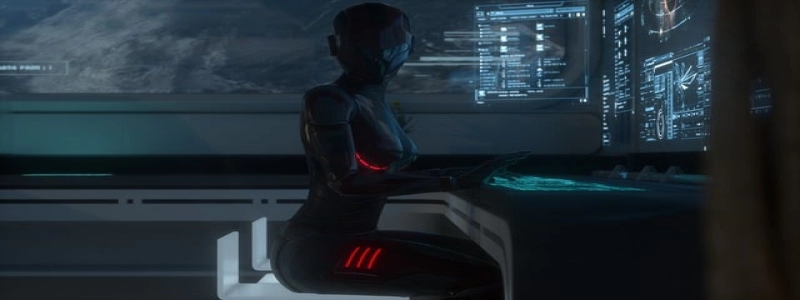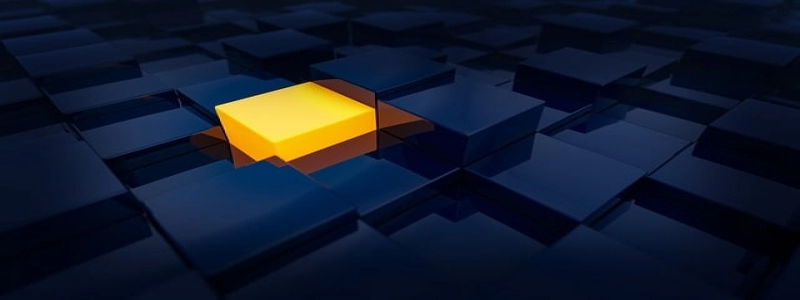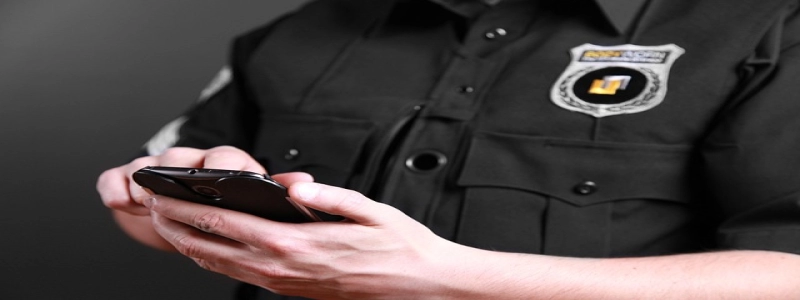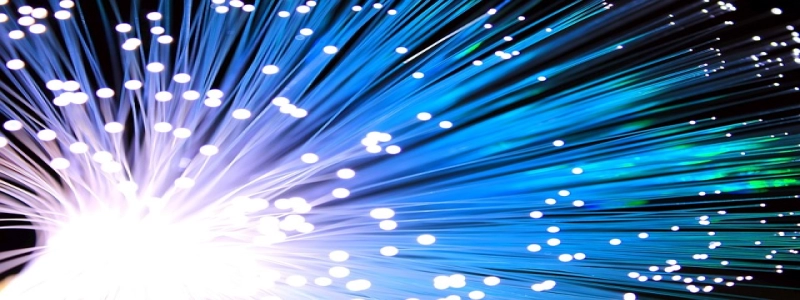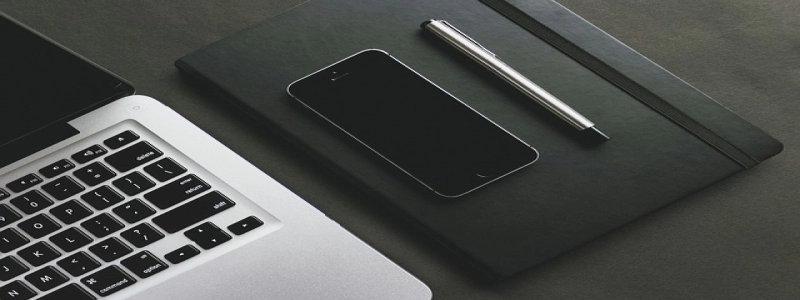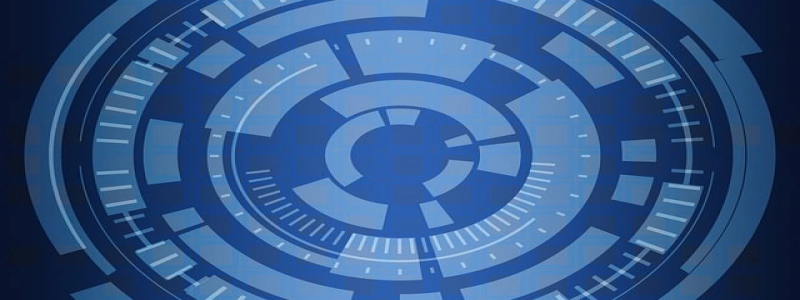Pulsed Laser Diode Driver Circuit
Introduction:
In the field of electronics, a laser diode driver circuit is an essential component used to control and operate laser diodes. Laser diodes are semiconductor devices that generate an intense coherent beam of light through the process of stimulated emission. This article will focus on the design and working principles of a pulsed laser diode driver circuit.
1. The Basics of Laser Diode Drivers:
1.1 Voltage Regulation:
One of the most critical aspects of a laser diode driver circuit is voltage regulation. Laser diodes typically require a precisely controlled voltage to operate within their specified performance range. Voltage regulation can be achieved using techniques such as feedback control loops and voltage references.
1.2 Current Control:
In addition to proper voltage regulation, current control is crucial for the safe and efficient operation of laser diodes. Laser diodes have a specific operating current, beyond which they may become damaged or exhibit undesired behavior. Current control can be achieved using current sources, current mirrors, or current limiters in the driver circuit.
2. Pulsed Laser Diode Driver Circuit Design:
2.1 Mode of Operation:
A pulsed laser diode driver circuit operates by providing short, high-current pulses to the laser diode. This enables the diode to generate high-power laser outputs, making it suitable for applications such as laser-based range finders or laser communication systems. The pulse width and repetition rate can be controlled by adjusting the circuit parameters.
2.2 Pulse Generation:
The pulse generation in a laser diode driver circuit can be achieved using various methods. One common approach is using a pulse generator or pulse-width modulation (PWM) techniques. The pulse generator generates precise high-current pulses with accurate timing control. Another method involves using a digital-to-analog converter (DAC) to create analog voltage signals, which are then amplified and passed through a switch to generate the required pulses.
3. Protection Circuitry:
To ensure the safety and longevity of the laser diode, it is essential to incorporate protection circuitry in the laser diode driver circuit. This includes overcurrent protection, overvoltage protection, and reverse voltage protection. These protection mechanisms help prevent any potential damage to the laser diode and ensure its reliable operation.
4. Implementation and Control:
4.1 Control Interface:
The control interface of a pulsed laser diode driver circuit allows the user to adjust various parameters, such as pulse width, repetition rate, and output power. This can be accomplished using dedicated control circuitry, microcontrollers, or computer interfaces.
4.2 Thermal Management:
Efficient thermal management is crucial for maintaining the stable operation of the laser diode and the driver circuit. This can be achieved through the use of heat sinks, temperature sensors, and cooling mechanisms.
Conclusion:
A pulsed laser diode driver circuit is a vital component for operating laser diodes in pulsed mode applications. It ensures precise control and adequate protection for the laser diode while generating high-power laser outputs. Understanding the basics of laser diode drivers and their design principles is essential for engineers working in the field of laser technology.
